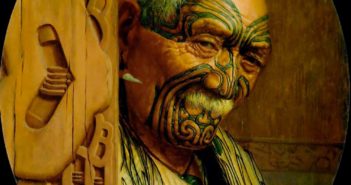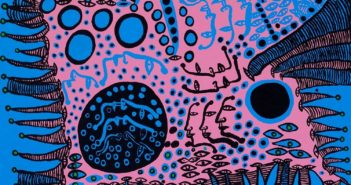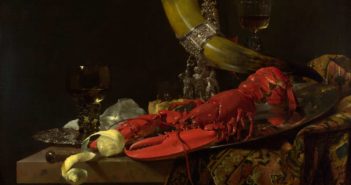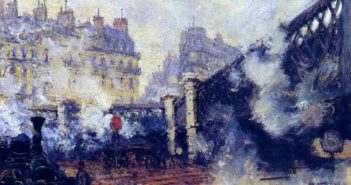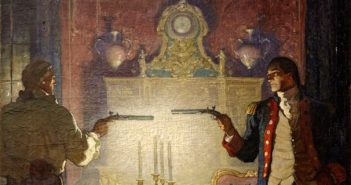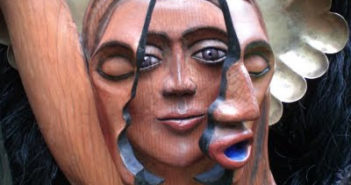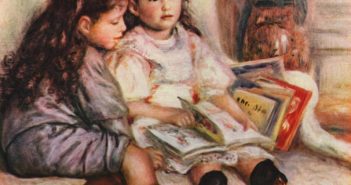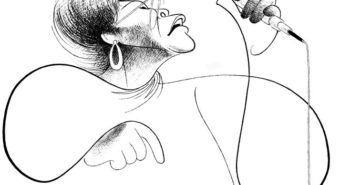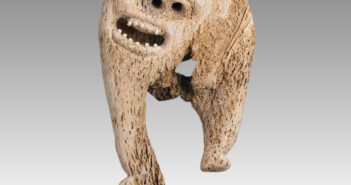
Inuit art
Did you ever stop to wonder why Inuit art is so expressive? Swept up in its mystery and magic, did you ever wonder if you could learn anything from it? In my books, there are five main elements that have brought us this gift from the north. I think they’re worth taking a look at:
The natural, childlike nature of the artists. The Eskimo are playful. Traditionally, they met the stresses of long winters in close quarters with games and amusements.

